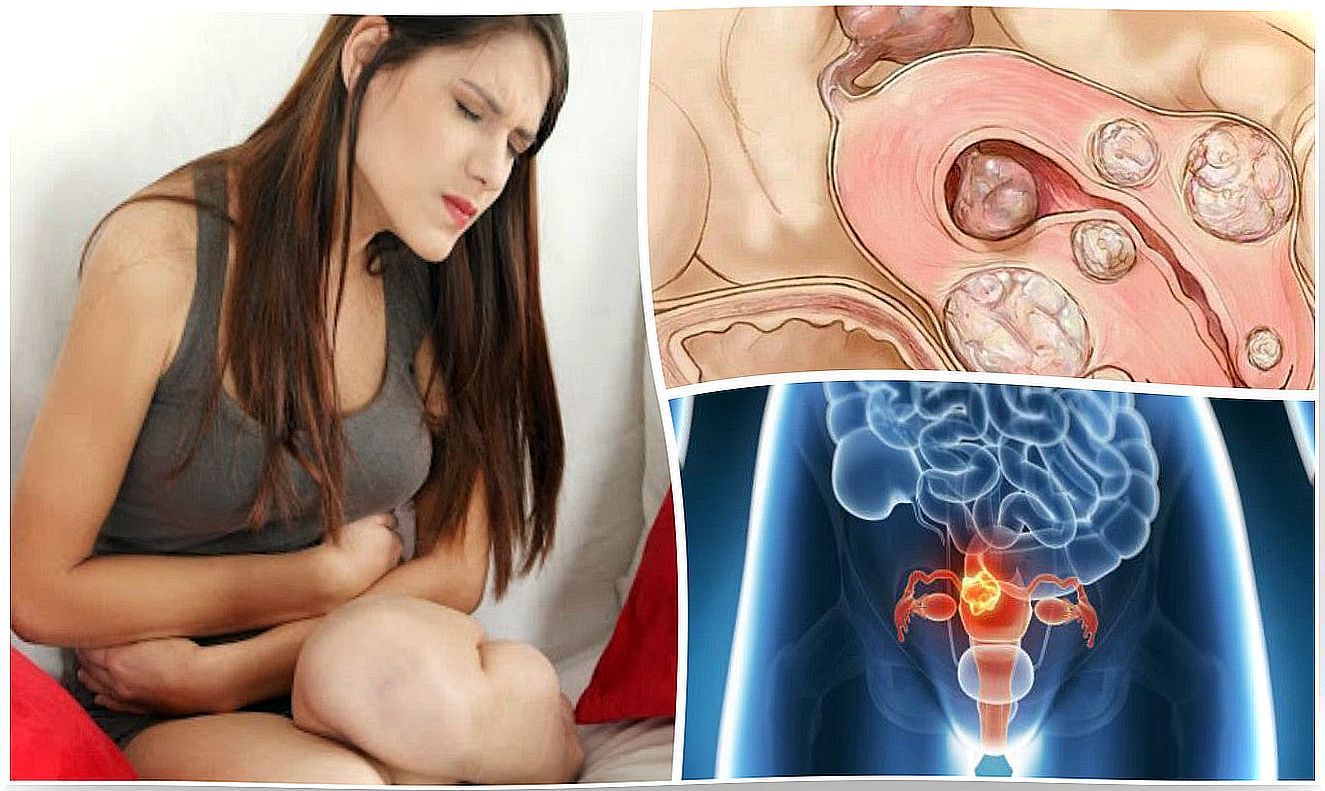5 Facts About Uterine Fibroids That Every Woman Should Know
Although it does not have to be dangerous, it is always advisable to go to frequent gynecological examinations to obtain an early diagnosis, as well as adequate treatment for fibroids uterine

Uterine fibroids are abnormal masses of muscle tissue that form on the surface of the womb and, rarely, on the cervix.
Its presence is usually alarming for women diagnosed, but only 0.5% develop cancer cells. This means that, although they can cause gynecological discomfort, they very rarely represent a risk of cancer in the system.
However, attention should be paid to fibroids, as they can interfere with reproductive and hormonal health. For this reason we want to share 5 relevant facts that every woman should know about her development.
1. What is a uterine fibroid?

Uterine fibroids are a type of benign tumor that appears, especially after the age of 20, according to experts. Also known as leiomyomas or fibromyomas, they are small masses of tissue, round in appearance, whose size can be microscopic, but also large.
Its appearance is related to genetic and hormonal factors and is one of the causes of infertility in women.
2. What are the types of uterine fibroids?
As the scientific literature indicates, fibroids are classified into four types, depending on their location in the womb.
Submucosal myoma
Submucosal fibroids are those that form just below the myometrium, that is, the lining that protects the inner wall of the uterus. It can spread into the inner part of the uterine cavity and, when enlarged, it comes to occupy a large part of it.
Subserous myoma
These types of masses form just below the serosa, a layer that lines the outside of the uterus. Its appearance makes the uterus acquire a nodular appearance.
Pedunculated myoma
Pedunculated fibroids are of the subserous type, but, unlike the previous ones, they grow and eventually detach from the womb, remaining subject to a fine cord known as a pedicle. This type of tumor can grow into or out of the uterine cavity.
Intramural myoma
Intramural fibroids are masses that form within the muscular wall of the uterus and, when pleasing, can distort both the outer and inner walls.
3. What are the symptoms of uterine fibroids?

Although, in many cases, it is a disease difficult to detect due to the lack of symptoms, more than half of those affected may experience changes that alert its presence.
Some of those changes would be the following:
- Lumbago
- Pain during intercourse.
- Sudden weight gain
- Changes in urination habits.
- High-risk pregnancies and deliveries.
- Difficulty getting pregnant.
- Swelling and pain in the lower belly.
- Heavy and irregular menstrual bleeding.
4. How do uterine fibroids affect fertility?
One of the main concerns among women diagnosed with uterine fibroids is the consequences it has on their reproductive health.
When the masses reach a significant size, they are likely to affect fertility, or complicate the pregnancy.
The uterines themselves increase in size due to the activity of estrogens and, since progesterone predominates during pregnancy, it is possible to carry out a treatment to conceive. However, it must be taken into account that its presence increases the risk of abortion in the first trimester of pregnancy.
5. What are the treatments for uterine fibroids?

Many of the women who are diagnosed think that the only solution to combat uterine fibroids is surgical interventions. However, it is important to know that it is not the only treatment and, in fact, when they are too small it is not necessary.
Small masses are usually treated with drug therapy. If these do not respond to its effects and increase in size, there is no choice but to remove it.
In these cases, a myomectomy is performed, which focuses on removing the fibroids without affecting the uterus. When there are complications, a hysterectomy is performed, in which a partial or total removal of the uterus is performed.
Attention to your symptoms and continuous gynecological examinations are decisive to achieve a timely diagnosis. Although it is not usually serious, it is always advisable to consult your doctor to analyze it in detail.







